Transition From Teacher to Instructional Designer: Enhance Your Transferable Skills
Sep 01, 2023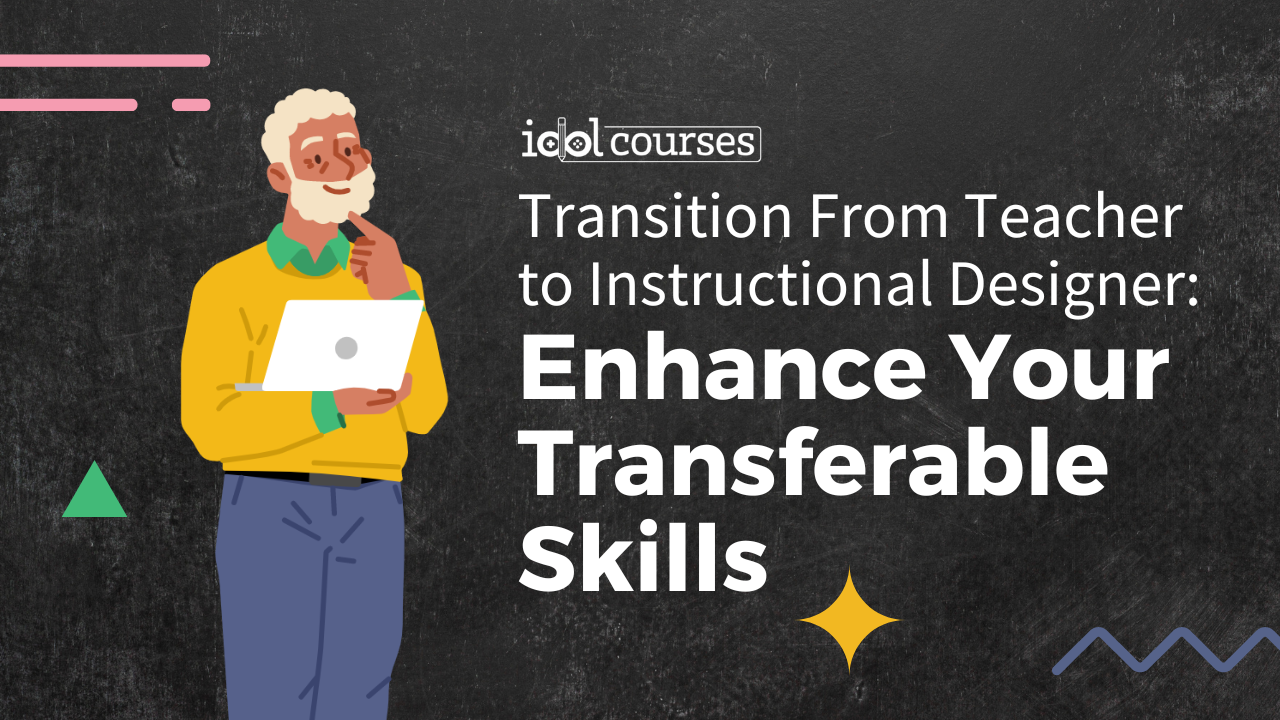
Teachers Transitioning to Instructional Design Jobs: Enhance Your Transferable Skills
by Amy Pine

In today's rapidly changing professional landscape, K-12 teachers looking to transition to the corporate world have a great opportunity to excel in instructional designer jobs. Transitioning from the classroom to adult education, these professionals face an exhilarating challenge in the role of instructional designer. By leveraging transferable skills, this transition can be smoother, helping to facilitate the shift to a new and rewarding career.
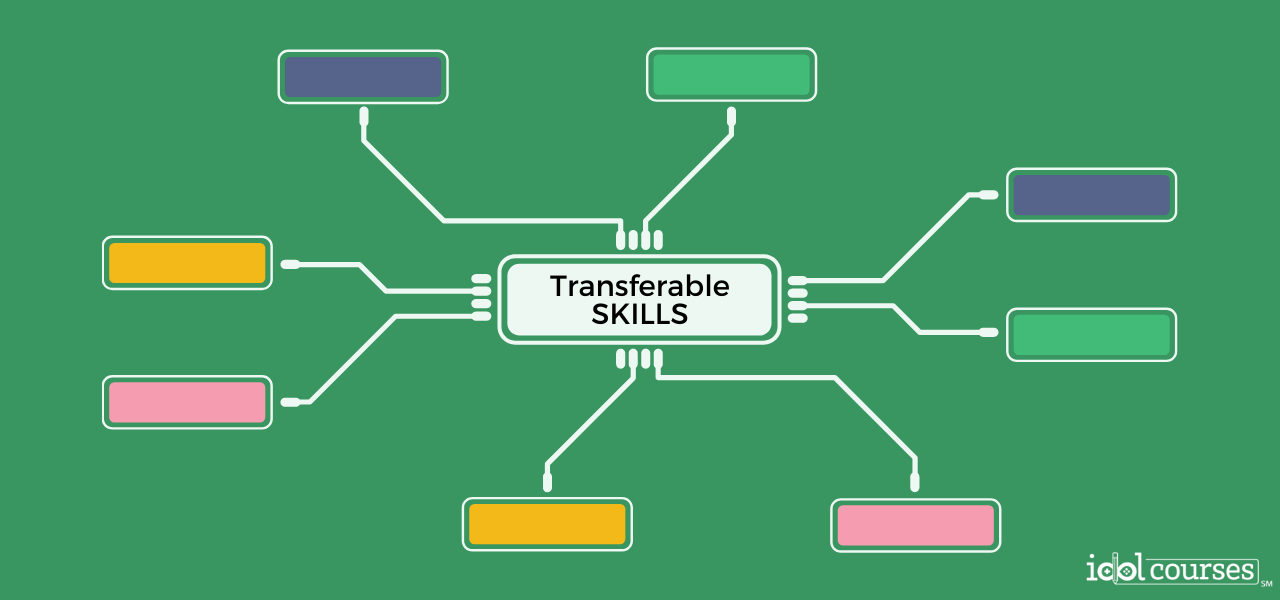
Teachers with expertise in pedagogy, curriculum development, and varied learning modalities can create engaging and effective training experiences for adult learners in corporate settings. Their deep understanding of diverse learning styles, assessment strategies, and instructional technologies enhances their ability to design and deliver highly impactful training programs. By embracing this new role and leveraging their experience, these educators-turned-instructional designers can shape the future of corporate learning, empowering individuals and organizations in an ever-changing educational landscape.
Why Teachers are Transitioning to Instructional Design Jobs

Teachers are seeking instructional design jobs for many compelling reasons. The field of instructional design offers opportunities for career growth and advancement they might not be able to find in traditional teaching roles. Moreover, instructional design positions often come with attractive remuneration packages--even at entry level--and offer enticing incentives for job seekers. The ability to have a profound impact on a broader audience, extending well beyond the confines of a single classroom, is yet another compelling factor. And, in an increasingly digital world, a role that prioritizes the creation of captivating eLearning materials gives the tech savvy individual a chance to showcase these talents while leveraging the power of technology to enhance education. Finally, teachers may be drawn to the flexibility that instructional design jobs often afford, as they typically involve less direct classroom management and can sometimes be executed remotely, enabling a more balanced and adaptable work-life dynamic.
Top Transferable Skills for Teachers Moving to Instructional Design
K-12 teachers possess immense value that extends beyond the classroom into the corporate sector. They have the ability to effectively communicate complex ideas, use creative thinking to adapt to diverse learning needs, manage multiple projects with competing priorities, can easily pivot when change happens, and enhance learning with exciting new technologies, all to foster a positive and inclusive environment. These transferable skills pave the way for a successful transition to the corporate world of instructional design. Leveraging the following key skills, K-12 teachers can make a significant contribution to a company's success.
Communication
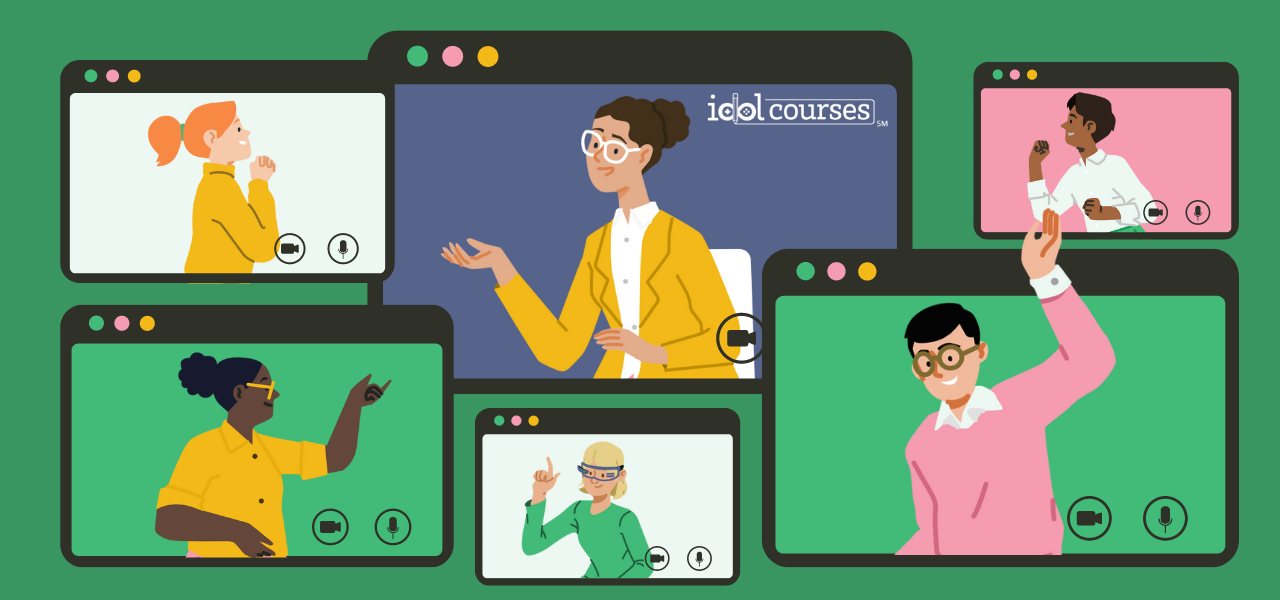
Teachers have a demonstrated track record for being exceptional communicators, effortlessly breaking down complex ideas to deliver meaningful, effective learning solutions. The ability to explain intricate concepts in a highly accessible manner is a valuable asset in instructional design.
A teacher's ability to collaborate lends itself to a successful partnership with subject matter experts to assess training needs and design curriculum. This type of expertise enables teachers to create clear, concise, and captivating instructional materials that deeply resonate with diverse audiences.
Creativity and Innovation

In the classroom, teachers frequently employ creative thinking, utilizing their imagination and resourcefulness to ensure engaging and highly effective instructor-led activities that leave a lasting impact on students. This same innovative mindset can be seamlessly applied to instructional design in a corporate setting.
Teachers employ innovative thinking to develop unique and captivating training materials that truly engage learners. By incorporating elements such as interactive eLearning and multimedia resources, teachers as instructional designers have the potential to create immersive educational experiences that promote knowledge retention and skill development among employees.
Understanding of Learning Styles

With years of invaluable classroom experience, teachers have perfected their skills in identifying and adapting to diverse learning styles, which is a vital element of effective instructional design. Drawing on their expertise, they expertly craft learning solutions that cater not only to a wide range of preferences but also foster inclusivity. Teachers create engaging and empowering experiences that make students feel seen, valued, and motivated. This understanding will benefit adult learners by providing them with learning solutions that meet individual learning styles and accessibility standards.
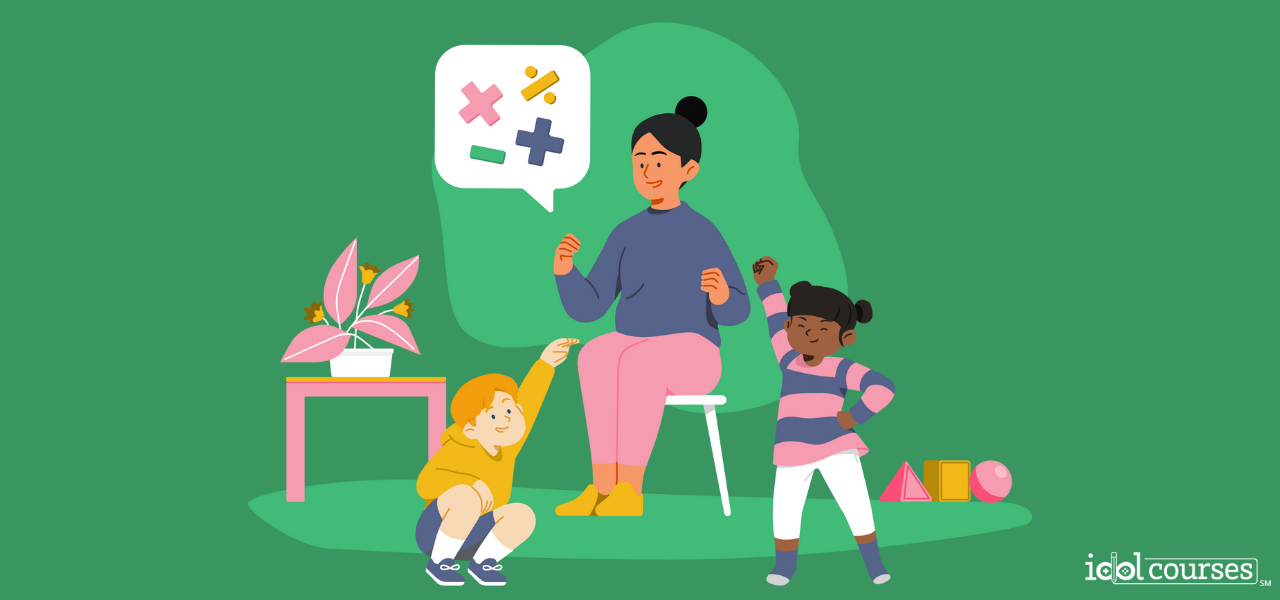
Project Management
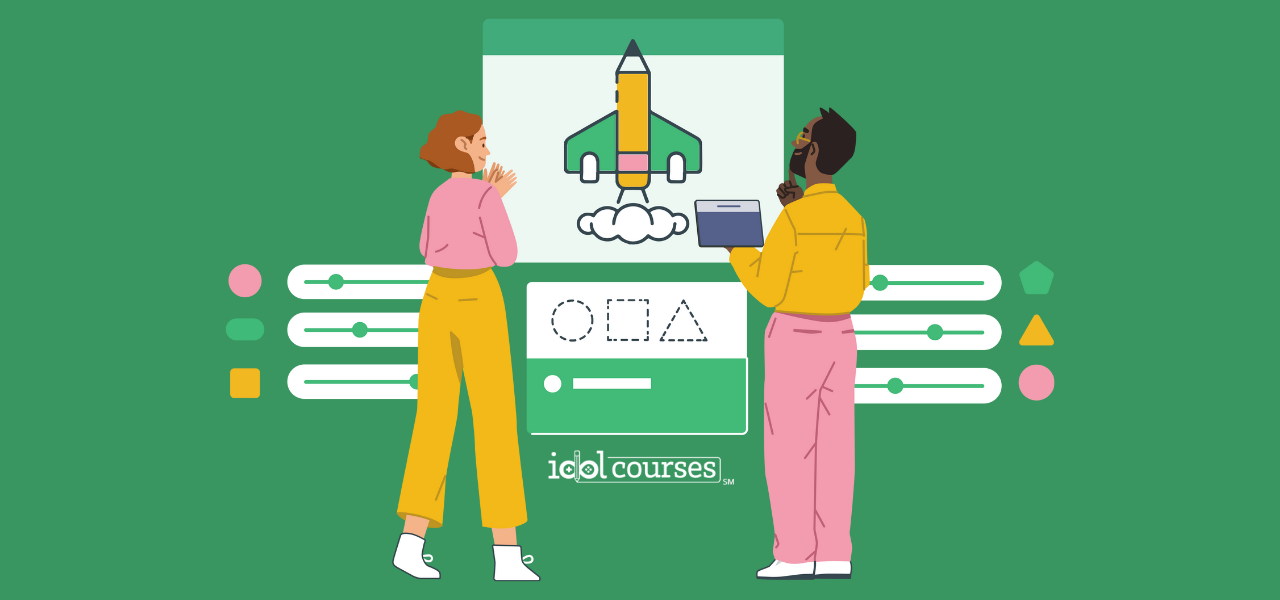
Who successfully juggles competing responsibilities better than teachers? This juggling of equates to exceptional project management from everything to planning daily lessons, assessing students' understanding, evaluating their progress, and altering lessons to better meet needs all while learning new and emerging technologies, employing district-wide initiatives, and managing the ever-changing classroom environment. This proficiency extends to instructional design, where evaluating learning materials' effectiveness, tracking learner progress, and prioritizing company-wide goals are crucial to success.
Teachers understand that the lesson or project doesn't end once the assignment is complete. They analyze the impact of learning materials, scrutinizing their effectiveness in engaging students and fostering comprehension. They track learner progress, tailoring content to individual needs. This meticulous approach ensures every student has the opportunity to thrive as the learning experience is refined. A teacher's ability to harness valuable feedback and measurable outcomes makes them ideal candidates for roles in instructional design.
Patience and Adaptability

In the ever-changing classroom, teachers show patience and adaptability. These qualities are vital for effective instructional design. Teachers create engaging learning solutions, considering diverse needs and providing personalized support. They navigate the iterative process, fine-tuning materials for optimal outcomes.
Teachers have always been adaptable to new school initiatives, curriculums, and the continuous revolving door of new learners each year. This flexibility will shine as they skillfully respond to the evolving needs of learners in the corporate sector, tailoring their approaches to foster growth and success.
Technological Savvy

Teachers with expertise in instructional technology are well-equipped to adapt seamlessly to elearning authoring tools. Their proficiency in learning management systems and edtech tools provide many necessary skills to develop customized and engaging elearning experiences.
Teachers also utilize technology to foster collaboration, critical thinking, and inclusivity, while their deep understanding of digital pedagogy allows them to select the most suitable tools to achieve learning objectives. Additionally, their troubleshooting skills in resolving tech issues ensure a smooth digital learning experience, benefiting corporate learning and development.
Putting it All Together

A teacher's expertise is a valuable asset to any organization. They excel at simplifying complex ideas for learners. Their ability to handle multiple projects with competing priorities aligns well with the responsibilities of an instructional designer. Their dedication to individual learner needs ensures comprehensive support for every employee. Moreover, their technical know-how benefits their mastery of innovative e-learning tools. Teachers possess a range of transferable skills that uniquely qualify them for instructional design roles.
Next Steps to Becoming an Instructional Designer: Level Up by Becoming an IDOL
Become an IDOL
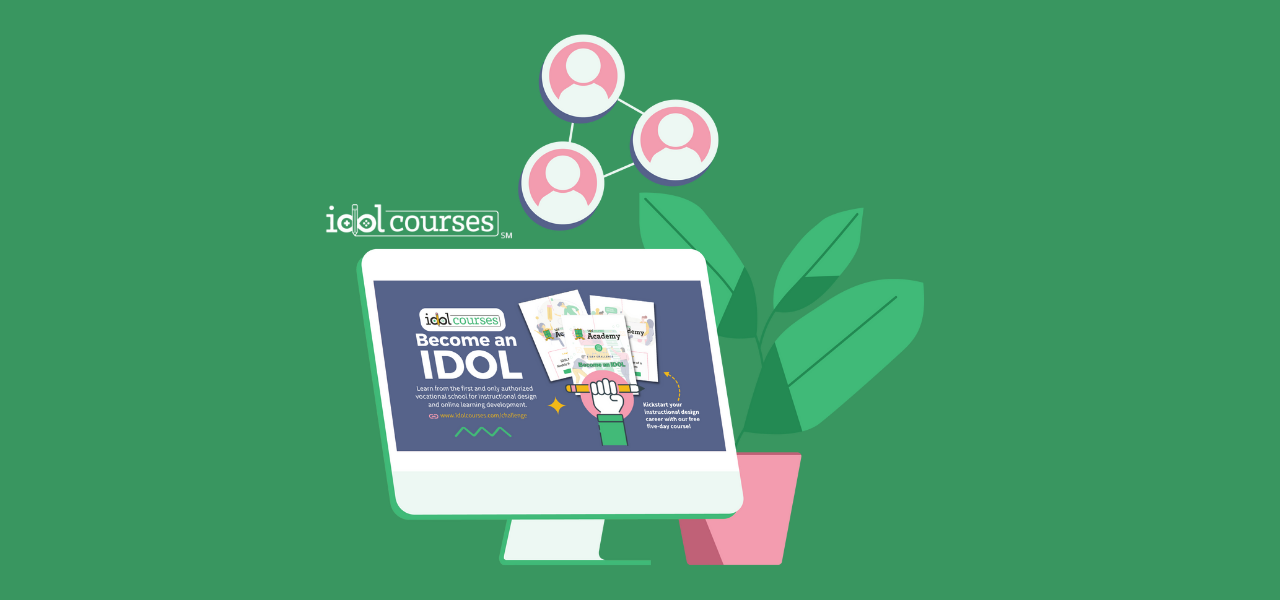
While many teacher capabilities align with the role of instructional designer, there are skills specific to instructional design they'll still need to acquire to enhance their already transferable talents. The good news is that this can be done without committing to a multi-year degree or program. In as little as three weeks after starting the program, many IDOLs have successfully transitioned out of the classroom and into the corporate world. But what is an IDOL?
An IDOL is anyone who goes through the IDOL Academy (Instructional Design and Online Learning), which has helped provide transitioning teachers with IDOL specific skills that translate to new careers.
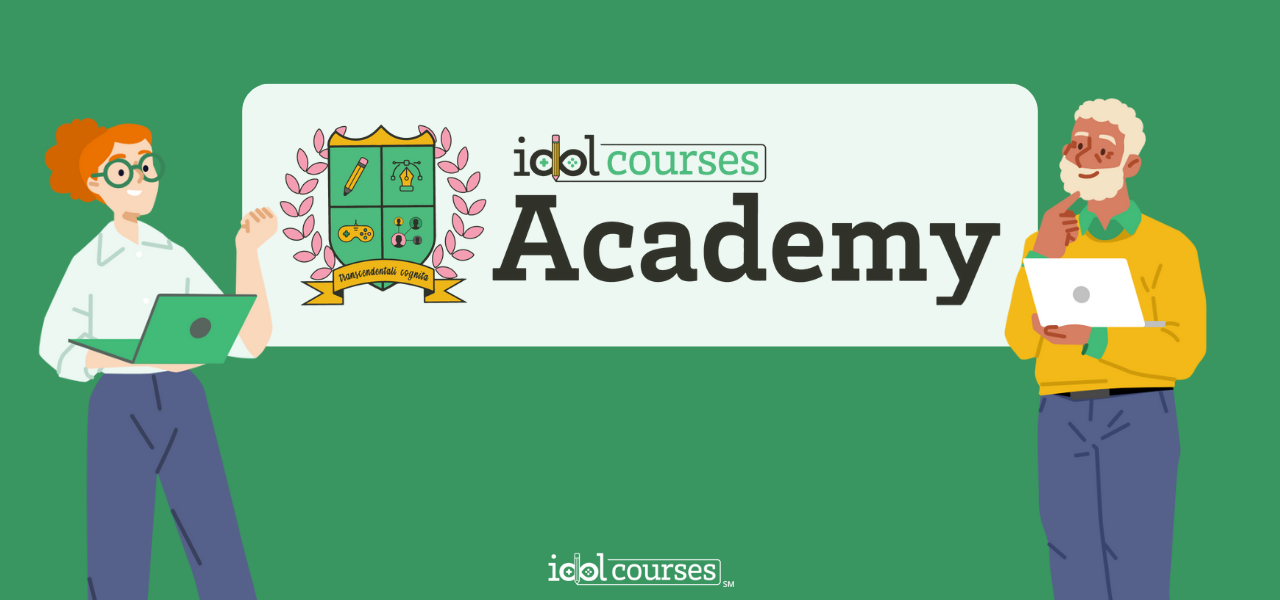
Transitioning teachers have a rich repertoire of transferable talents, yet growth is always possible. To secure instructional designer jobs, teachers can leverage IDOL Academy. This ATD (Association for Talent Development) pre-approved provider offers tailored online courses aligned with instructional design principles and best practices. Through these courses, teachers gain indispensable knowledge and skills for the transition. IDOL Academy also offers distinguished certifications to enhance credibility and showcase expertise. Teachers can network with industry professionals and access exclusive events and webinars. Engaging in real-world instructional design projects builds an impressive portfolio. With determination and perseverance, teachers can confidently pursue a new career path in instructional design.
Celebrating IDOL Success

Hear from real IDOL student who have landed instructional design and eLearning development jobs or started their own freelance businesses within 3 weeks to 6 months after starting the program.
Samantha says..
"IDOL Academy gave me the tools and confidence to pursue this career path outside of k-12 education. In less than 3 months, I was able to build a strong portfolio, improve my resume, build a network, and land an IDOL job."
Elizabeth says...
"I never would have landed a job without IDOL. Despite having a Masters in Instructional Design, I didn't have the portfolio, resume, LinkedIn, etc. set up to attract anything. I went from not even making it through the ATS, to recruiters calling me several times a week."
Justin says...
"The community that I found in IDOL was so huge in my career transition. Robin has created something truly special with IDOL and I could not recommend it more strongly to those looking to transition into the IDOL sector."
When It's Time to Change...
Transitioning from teaching to instructional design may seem challenging at first, but teachers already possess a wealth of talents that will transition from the classroom to the office. It's a transformative journey that requires adaptability, resilience, and a willingness to learn new skills. However, the rewards are remarkable. By combining teaching abilities with acquired instructional design expertise, educators can create a new and rewarding career in the corporate world.
Stay connected with news and updates!
Join our mailing list to receive the latest news and updates from our team.
Don't worry, your information will not be shared.
We hate SPAM. We will never sell your information, for any reason.


